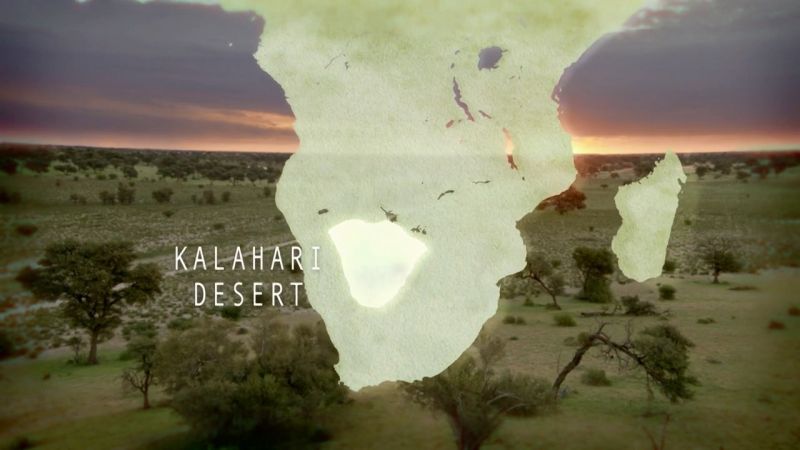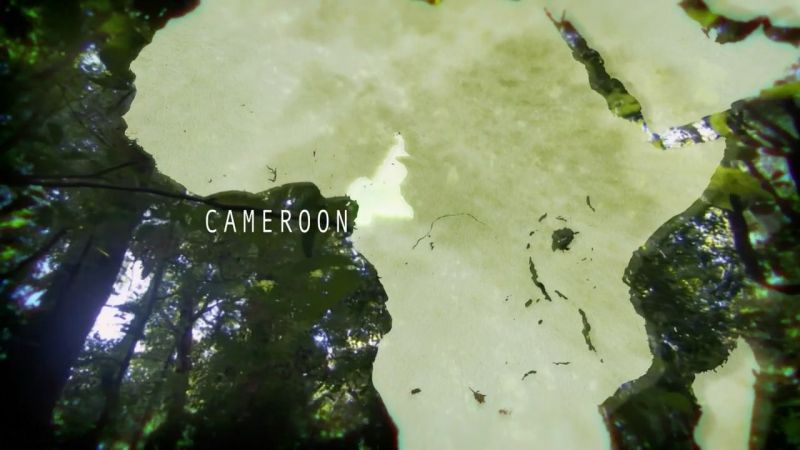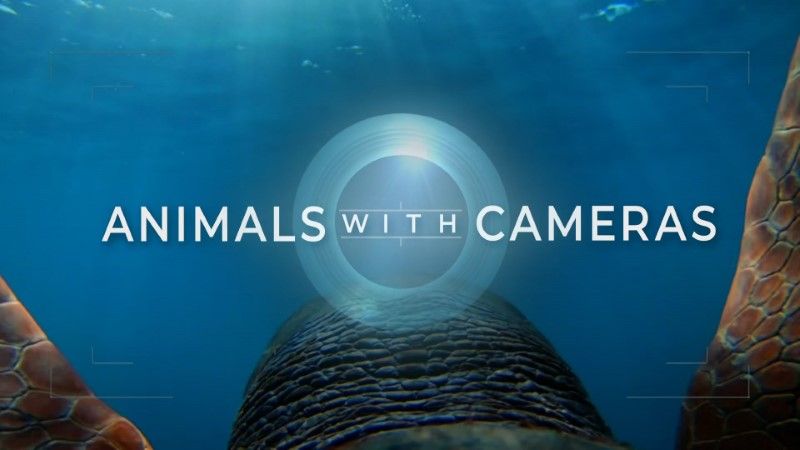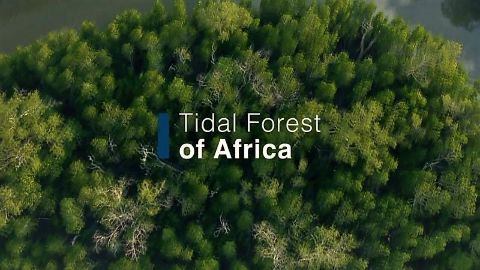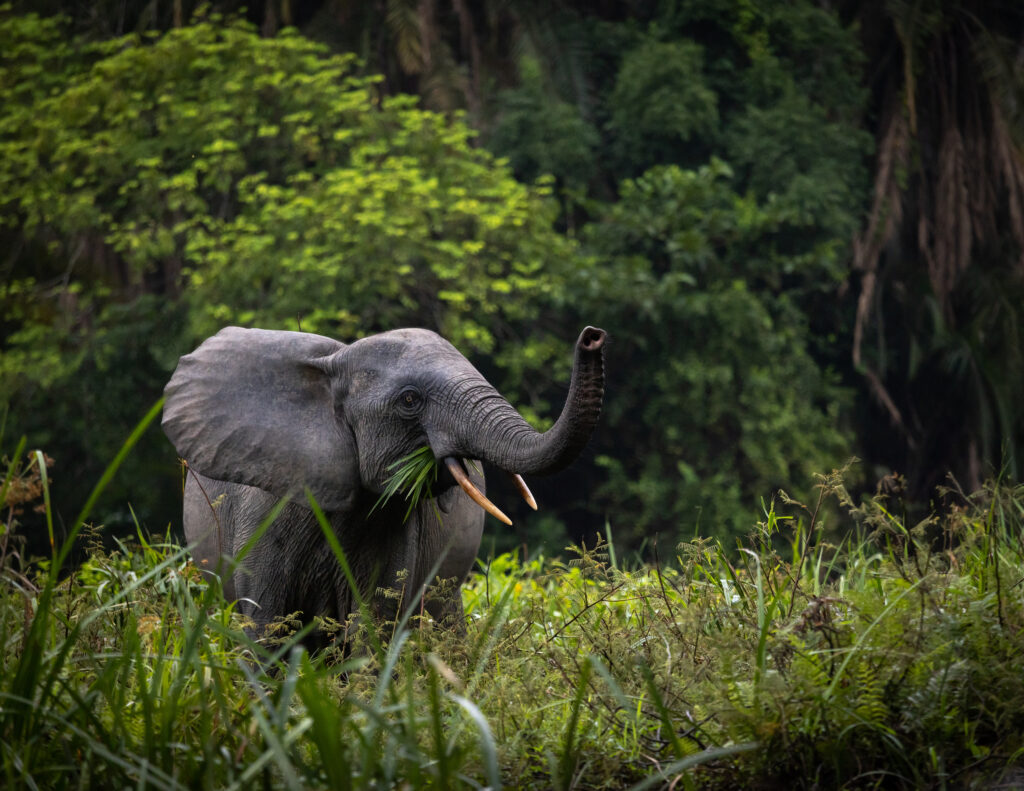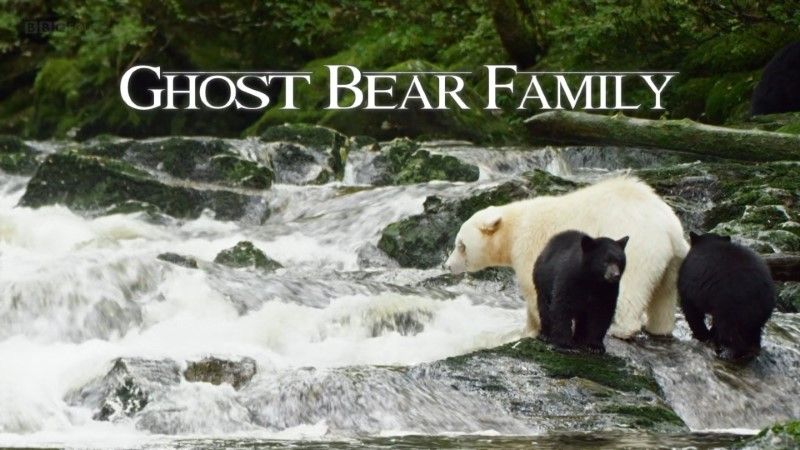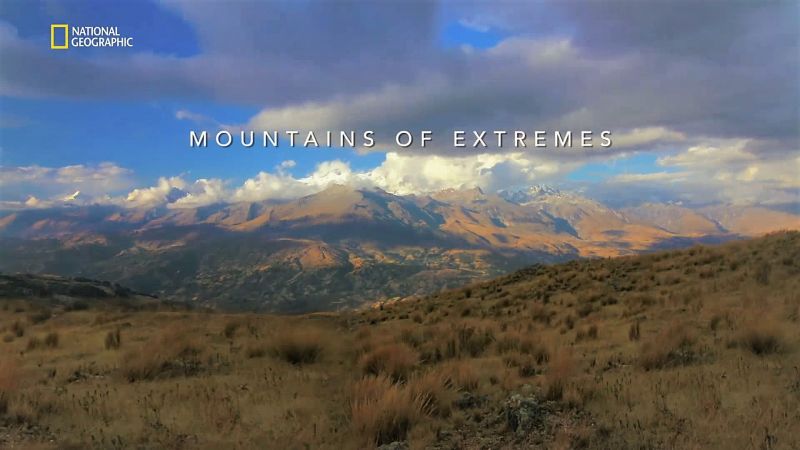Episode 2 Series 1 • 2018 • episode "S1E2" • Animals with Cameras
In Namibia, Gordon joins a cheetah conservationist who wants to see if three orphaned cheetahs, which she has raised from a day old, can learn to hunt effectively in the thick vegetation. The on-board cameras, the first to ever be worn by cheetahs hunting in Africa, In Australia, the team puts cameras on fur seals to try to see how they hunt their prey and avoid attacks by great white sharks. In South Africa, we deploy the first ever cameras on wild baboons in an effort to understand why these clever monkeys sometimes raid farmers' crops.
Make a donation
Buy a brother a hot coffee? Or a cold beer?
Hope you're finding these documentaries fascinating and eye-opening. It's just me, working hard behind the scenes to bring you this enriching content.
Running and maintaining a website like this takes time and resources. That's why I'm reaching out to you. If you appreciate what I do and would like to support my efforts, would you consider "buying me a coffee"?
Donation addresses
BTC: bc1q8ldskxh4x9qnddhcrgcun8rtvddeldm2a07r2v
ETH: 0x5CCAAA1afc5c5D814129d99277dDb5A979672116
With your donation through , you can show your appreciation and help me keep this project going. Every contribution, no matter how small, makes a significant impact. It goes directly towards covering server costs.
